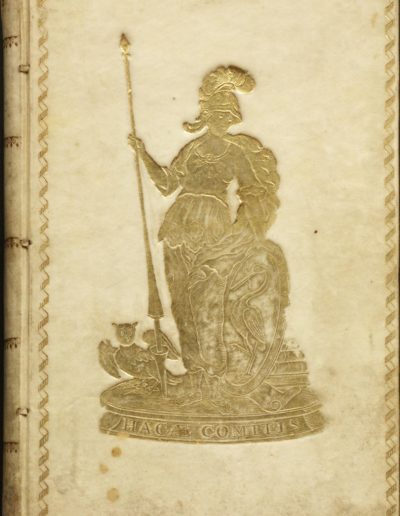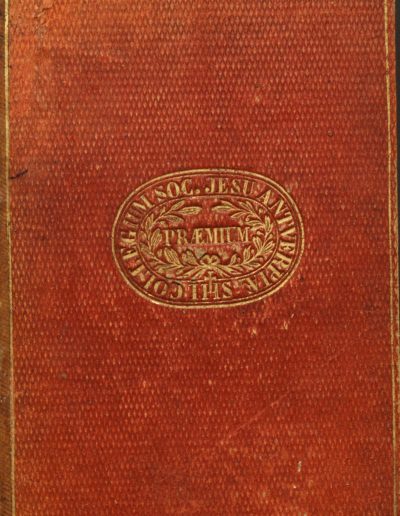From the late 16th century until the gymnasiums were established in 1876, Latin schools were responsible for students’ pre-university education. During the biannual public graduation ceremonies, which usually took place in the schools themselves but occasionally in nearby churches, the students of the highest class were announced ‘ad academiam’, which meant that they were ready for university. These students then held speeches in the presence of their families and other guests. Afterwards, the students from the lower classes who had performed well and graduated to higher classes, including the ‘primus’ (top of the class) or the ‘secundus’ (the second best), received a fancy, bound prize book as a reward from their scholarchs or governors – the school principals of the time. The front jackets of the books were usually decorated with the city’s official coat of arms. The phenomenon of prize bindings is an interesting object for research into the historical development of pedagogy in the Netherlands.
Echoes of Academic Excellence: The legacy of prize bindings
Part of the Jesuit library, contains a collection of completely restored school prize bindings that ended up in the library thanks to donations and bequests.
Consulting copies
This collection is not available for loan. You can request items from the closed stacks and consult these in the Parlour room at the Inner City Library. In LibSearch you can browse the School Prize Bindings collection separately.


